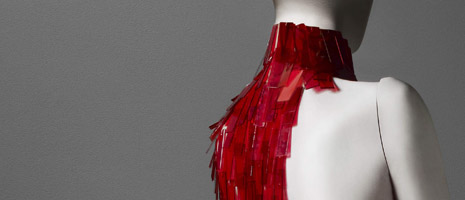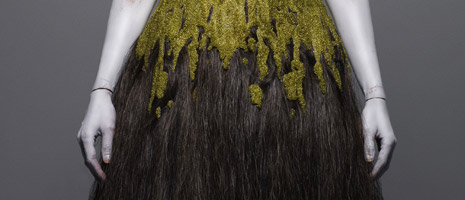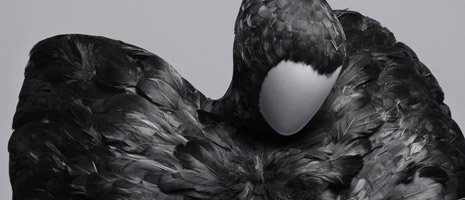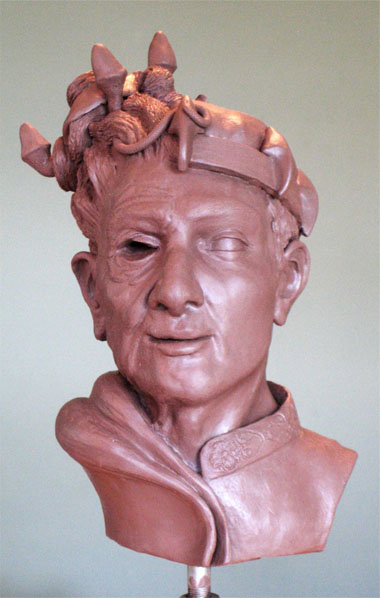
Marquam Bridge, photograph by Dave Feucht
When I was young, I remember reading some opinion piece or quote in the Oregonian about the Marquam Bridge: how ugly it was, what an eyesore, a concrete monstrosity. I turned to my mom and asked which bridge that was. She patiently managed to explain it to me, despite the utter ignorance of which freeway was which that I cultivated in those pre-driving days.
She had extra difficulty in explaining because I simply didn’t believe it was ugly. Yes, it’s notorious for ugliness, I now know. Just in choosing a photo of it on Flickr to illustrate this post I have come across several comments on that score. But I didn’t agree, and I still don’t.
Here’s what the Marquam is to me: once you merge onto the top deck, there’s a curve and a bank and all at once the horizon opens up around you. The city’s on your left with a progression of pretty bridges, but on a good day you don’t care at all because on your right is Mount Hood, and ahead is Mount St. Helens, your friendly local volcanoes fresh in white or burned out in grays and blacks on a blue canvas. On a clear day, it takes your breath away. That is a beautiful experience of a bridge.
I thought of that admittedly odd perspective recently when I was listening to Medicus, a historical mystery set in Roman Britain. A British viewpoint character is being asked her name in Latin — quid nomen tibi est? — and thinks about how ugly Latin is. Again, I was shocked. Latin, ugly?
Well, yes, I suppose it might be. I have only one year’s formal study of Latin, in addition to some childhood lessons from my Latin teacher grandma and years of singing liturgical Latin. I understand from Latin 101/102 that the way we pronounced Latin in choir was grossly unlikely to be how Romans pronounced it. The hopefully accurate rendering robs it of some of its dignity: kikero, not sisero; weni, widi, wiki. It’s full of hard noises, abrupt sounds. I suppose I can understand that to that imaginary Briton, it might be ugly. Unlike some of its Romance offspring, you can’t imagine it being called ‘flowing’ and ‘musical’.
But to me, even with my imperfect understanding, its a beautiful language. It communicates so effectively, so efficiently: the endings tell you precisely what the word is doing in the sentence, so that you can move the words about for aesthetic or rhetorical effect and lose no meaning. It has a set of assumptions that clip out unnecessary words. It allows for clarity and nuance. It’s a beautiful machine of a language, even all these years later. It is elegant. It is awesome.
Or, you know, it’s just a concrete double-decker that gets you from one place to another.
I suppose I think beauty isn’t in the eye of the beholder — it’s in where she stands.








